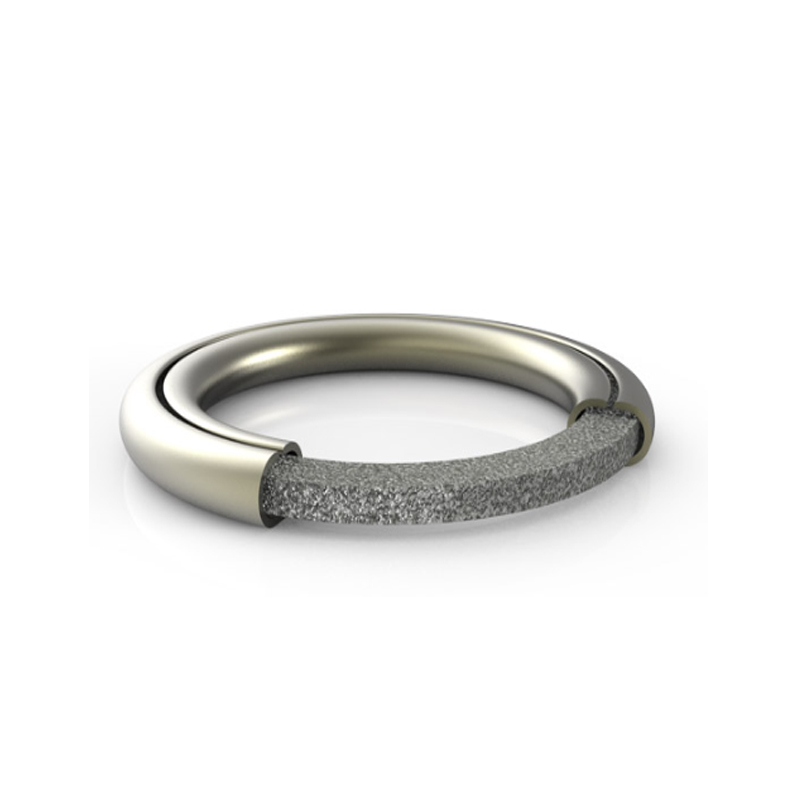m14 x 1.5 oil drain plug
Understanding the M14 x 1.5 Oil Drain Plug A Comprehensive Overview
When it comes to maintaining your vehicle, few components play as pivotal a role as the oil drain plug. This seemingly small yet critical element is essential for ensuring proper lubrication and function of the engine. Among the various specifications of oil drain plugs, the M14 x 1.5 oil drain plug stands out, particularly for its application in many vehicles. This article will explore the features, significance, and installation tips for the M14 x 1.5 oil drain plug.
What is an M14 x 1.5 Oil Drain Plug?
The designation M14 x 1.5 refers to the metric dimensions of the oil drain plug. The 'M' indicates that it is a metric bolt, '14' signifies the nominal diameter of 14 millimeters, and '1.5' refers to the thread pitch, which is the distance between the threads in millimeters. In this case, for every 1.5 mm of length, there is one full thread. This specification is commonly used in various automotive and machinery applications, providing a secure and leak-proof seal during oil changes.
Importance of the Oil Drain Plug
The oil drain plug serves a few critical functions. Primarily, it is the access point for draining old engine oil during an oil change. A well-fitted drain plug ensures that the oil can be fully evacuated from the oil pan, allowing fresh oil to be added without contamination. Moreover, the oil drain plug must maintain a tight seal to prevent leaks that could lead to a loss of engine oil and potentially cause severe engine damage.
Materials and Types
M14 x 1.5 oil drain plugs are available in various materials, each offering distinct advantages. Common materials include
1. Steel The most popular material for drain plugs due to its strength and durability. Steel plugs are often coated to prevent rust and corrosion.
2. Aluminum Lightweight and less prone to galling, aluminum drain plugs are often used in high-performance applications. However, they may not be as durable as steel.
3. Brass Known for its corrosion resistance, brass plugs can provide a good seal but are generally less common and more expensive.
m14 x 1.5 oil drain plug

It is also essential to consider the design of the plug—some come with a built-in magnet to catch metal particles, enhancing the oil filtration process.
Installation Tips
Installing an M14 x 1.5 oil drain plug is a straightforward procedure, but it requires attention to detail to ensure a proper fit. Here are the steps to follow
1. Preparation Ensure that the engine is warm; warm oil drains more easily. Place a suitable container underneath the oil pan to catch the old oil.
2. Remove the Old Plug Using a wrench, carefully remove the old oil drain plug. Be cautious, as the oil may be hot.
3. Clean the Area Wipe down the drain hole to remove any old oil and debris. This ensures a proper seal with the new plug.
4. Inspect the New Plug Check the M14 x 1.5 drain plug for any manufacturing defects. If it comes with a new sealing washer, ensure it’s in good condition.
5. Install the New Plug Hand-tighten the new drain plug into the oil pan, followed by a slight turn with a wrench. Be careful not to overtighten, as this could damage the threads.
6. Check for Leaks After filling the engine with fresh oil, monitor the drain plug area for any signs of leakage. If any oil appears, consider re-tightening the plug or replacing it.
Conclusion
The M14 x 1.5 oil drain plug is a critical component in the engine oil system of many vehicles. Understanding its importance and ensuring proper installation can help prevent oil leaks, maintain engine health, and enhance performance. Regular maintenance and timely oil changes can significantly extend the life of any engine, and the oil drain plug plays a fundamental role in that process. Whether you are a DIY enthusiast or a professional mechanic, knowing the specifics of the M14 x 1.5 oil drain plug will equip you to handle routine maintenance tasks effectively.
-
The Ultimate Guide to Boat Propeller Bearings and Trailer Wheel Bearings
News Jul.31,2025
-
The Essential Guide to Marine Bearings and Boat Trailer Wheel Bearings
News Jul.31,2025
-
The Complete Guide to Heavy Duty Seals: Protecting Doors and Spaces Efficiently
News Jul.31,2025
-
Essential Guide to Marine Shaft Bearings and Boat Trailer Axle Bearings
News Jul.31,2025
-
Comprehensive Guide to Marine and Trailer Bearings for Safe Boating and Transport
News Jul.31,2025
-
Comprehensive Guide to Automotive Oil Seals: Protecting Your Engine and Shafts
News Jul.31,2025
-
Understanding Automotive Oil Seals: Essential Components for Engine and Shaft Protection
News Jul.30,2025
Products categories















